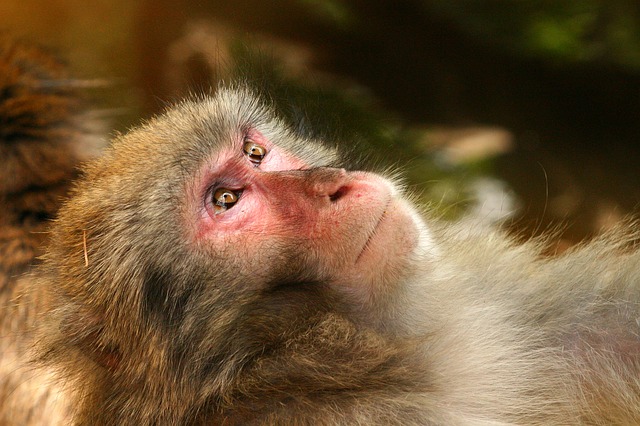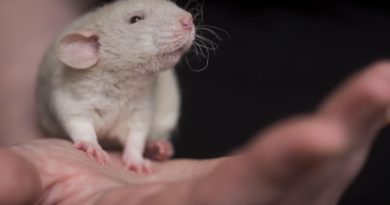Four Lab-Bound Monkeys Escaped Highway Crash – With Viruses?
Image by Michael Mürling from Pixabay
A curious onlooker of a vehicular accident on a Pennsylvania highway got the shock of a lifetime when she approached a crate that she believed held a cat, cooing, “Kitty, kitty.” Instead, she found a monkey looking back at her. She had no idea that she may have been risking her life. One of the vehicles involved in the wreck was carrying 100 long-tailed macaque monkeys on their way to a quarantine facility in Florida. When the wreck occurred, four monkeys escaped—and one is still missing. The other three have had their first and last taste of freedom and the opportunity to climb trees.
Infected Monkeys—This Is How Pandemics Start
The monkeys had just arrived in New York from what is likely a squalid breeding farm in Mauritius. They had not been quarantined, and their health status was unknown. Monkeys can carry lethal pathogens that spread through their saliva, blood, feces, and urine. Photos taken at the site of the Pennsylvania monkey crash reveal a worrying lack of biosecurity—people dragging boxes barehanded, motorists sticking their faces into crates, and of course, the escaped, likely terrified and disoriented monkeys who were thrown out into freezing cold weather and will likely die from their injuries and/or exposure or be killed.
The Risk is Taken Every Day In the U.S.
Because these 100 long-tailed macaque monkeys were headed to a laboratory to be caged, tormented, and killed, they were already in danger—but now the public is, too. The four who got away—including one who is still missing—are undoubtedly terrified and likely injured, and they may be harboring viruses that are transmissible to humans. There is no way to ensure that monkeys are virus-free, and state veterinary and other records uncovered by PETA show that monkeys in laboratories in the U.S. have been found with tuberculosis, Chagas disease, cholera, and MRSA. The only way to ensure that pathogens don’t jump from monkeys to humans is to stop importing, caging, and experimenting on these animals. A 2020 pathology report uncovered by PETA shows that shortly after clearing Centers for Disease Control quarantine, one monkey from Mauritius arrived at the University of Washington infected with giardia and campylobacter. Approximately two months later, before being used in an experiment, the monkey developed bloody diarrhea of unknown origin. The young longtailed macaque was eventually killed when he became too sick.
This monkey crash is not the first time monkeys have posed a health risk to the public. In 1989, monkeys infected with an unknown strain of the Ebola virus landed at a facility owned by Hazleton Laboratories (later known as Covance and now Envigo) in Reston, VA. Four people became ill before all the monkeys were killed and the lab shut down. It happened again in 1996, that time in Texas. Shipping monkeys and other animals to torment and ultimately kill them is dangerous—for everyone. But that hasn’t stopped companies that experiment on animals from continuing to engage in the practice.
Every year, thousands of monkeys are transported to and around the U.S. to be imprisoned in laboratories and tormented in experiments in which they’re often cut open, poisoned, crippled, forced to become addicted to drugs, shocked, and killed. These sensitive individuals are bred in captivity on filthy factory-like farms in Africa and Asia.
This Monkey Crash Should Never Have Happened
The industry that claims to be developing vaccines and treatments for human diseases not only fails to deliver results from animal-based experimentation, but also cruelly abuses and wastes the lives of sensitive monkeys and poses health risks to the general public by failing to safely contain the animals they use.
PETA is calling on the U.S. Department of Health and Human Services to close monkey facilities and transfer the animals held within them to reputable sanctuaries. Please join our call:
Help Monkeys Used in Laboratories
Published January 22, 2022 by Sara Oliver on peta.org




